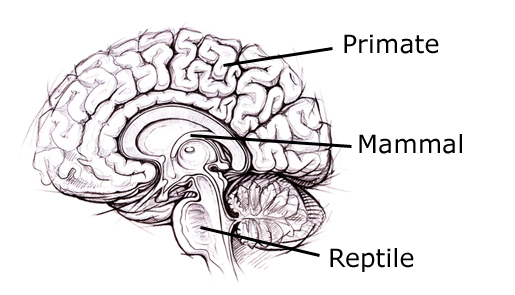Let’s say four friends decide to do some fall fishing. All four have varying degrees of experience and success with fishing. For this particular outing, however, one individual, Aaron, is better prepared than the others. His grandfather owns a cottage on the lake, and he has fished here far more often than his friends have. So when they get out on the water, the others will naturally ask Aaron when they have questions about depths, structures, and baits. But they will also share their own ideas about fishing in these conditions. In a setting like this, friends simply work together, and, in the process, they learn new things, experience some success (in this case, catch some fish), and have a good time.
A 21st century classroom should function pretty much like the friends in the boat do—with individuals working (and learning) together to achieve a particular goal, and you, the instructor, serving as the lead learner—the person who knows the lake best. As you learn along with your students, you also provide the necessary leadership and guidance to keep the boat afloat and moving in the right direction.
10 Tips for Being a Lead Learner
- Marvel at and show interest in all types of ideas and events—past, present, and future.
- Promote learning through inquiry (questioning), collaboration, testing, rethinking, and so on—an authentic process that occurs in the science lab, in the workplace,
. . . and on the lake.
Read more


